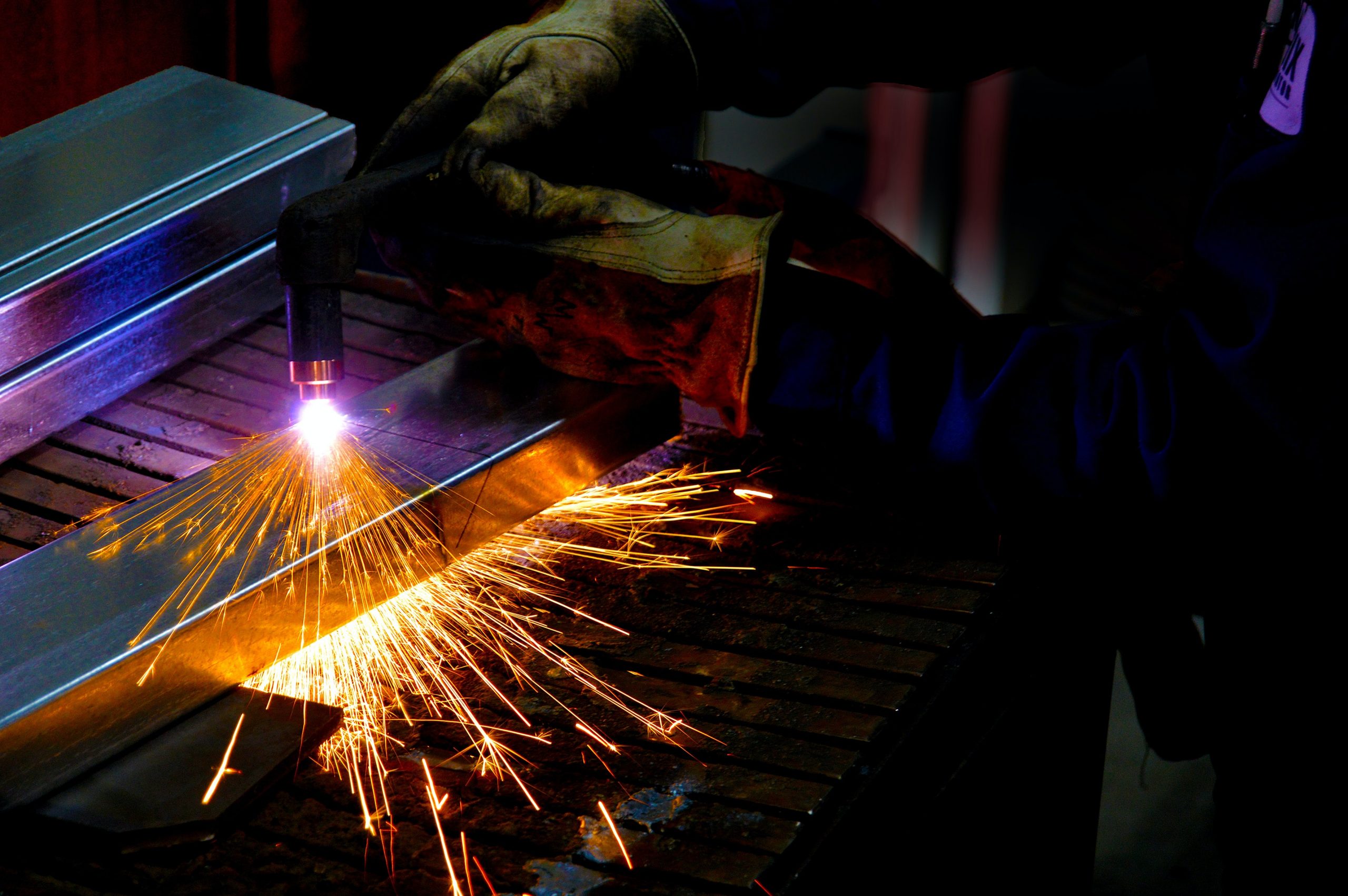Arc Energy vs. Heat Input

In arc welding processes, Heat Input (HI) and Arc Energy (AE) are both measures of how much energy has been supplied to the work piece to form a weld. They are both measured in units of energy per unit length. In Europe, this tends to be in kJ/mm, whereas in America it tends to be kJ/in.
What is ARC Energy?
In arc welding, energy is transferred from the welding electrode to the base metal by an electric arc. When the welder starts the arc, both the base metal and the filler metal are melted to create the weld.
Arc Energy is a relative measure of the energy transferred per unit length of weld. It is an important characteristic because, like preheat and interpass temperature, it influences the cooling rate, which may affect the mechanical properties and metallurgical structure of the weld and the HAZ.
It is calculated by the following equation:
![]()
Where:
V is the Voltage
I is the current (amps) used
v is the travel speed of the welding torch/electrode, in mm per minute.
What is Heat Input?
Heat input is sometimes preferred to Arc Energy as it provides a more scientific way of comparing arc welding processes considers the effect process efficiency has on the energy that actually reaches the workpiece to form the weld. HI is given by the following relationship to AE:
HI = kAE
Where: k is the process efficiency
Each arc welding process has a different efficiency rating. To simplify the rating system, all efficiency factors relate to the efficiency of submerged arc welding, which has very little or no loss.
| PROCESS | EFFICIENCY FACTOR |
|---|---|
| Submerged arc welding (SAW) | 1.0 |
| Manual metal arc (MMA)/Shielded metal arc welding (SMAW) | 0.8 |
| Cored wire welding/Flux cored arc welding (FCAW) | 0.8 |
| Metal active gas/Metal inert gas (MAG/MIG)/Gas metal arc welding(GMAW) | 0.8 |
| Tungsten inert gas (TIG) / Gas tungsten arc welding (GTAW) | 0.6 |
| Plasma arc welding | 0.6 |
It is important to understand the difference between Arc Energy and Heat Input because a WPQR qualified with an Arc Energy of 1.5kJ/mm using the MMA welding process would have a Heat Input of 1.2kJ/mm based on the efficiency being 80%.
BS EN ISO 15614-1-2017+A1 2019 states:
8.4.7 Heat input (arc energy)
The heat input can be replaced by arc energy (J/mm). The arc energy shall be calculated in accordance with PD ISO/TR 18491. When using the calculation for the heat input, the k-factor according to ISO/TR 17671-1 shall be considered. The kind of calculation, either heat input or arc energy, shall be documented.
When impact requirements apply, the upper limit of the heat input qualified is 25 % greater than used in welding the test piece. When hardness requirements apply, the lower limit of the heat input qualified is 25 % lower than that used in welding the test piece.
If the welding procedure test has been performed at both a high and a low heat input level, then all intermediate heat input levels are also qualified.